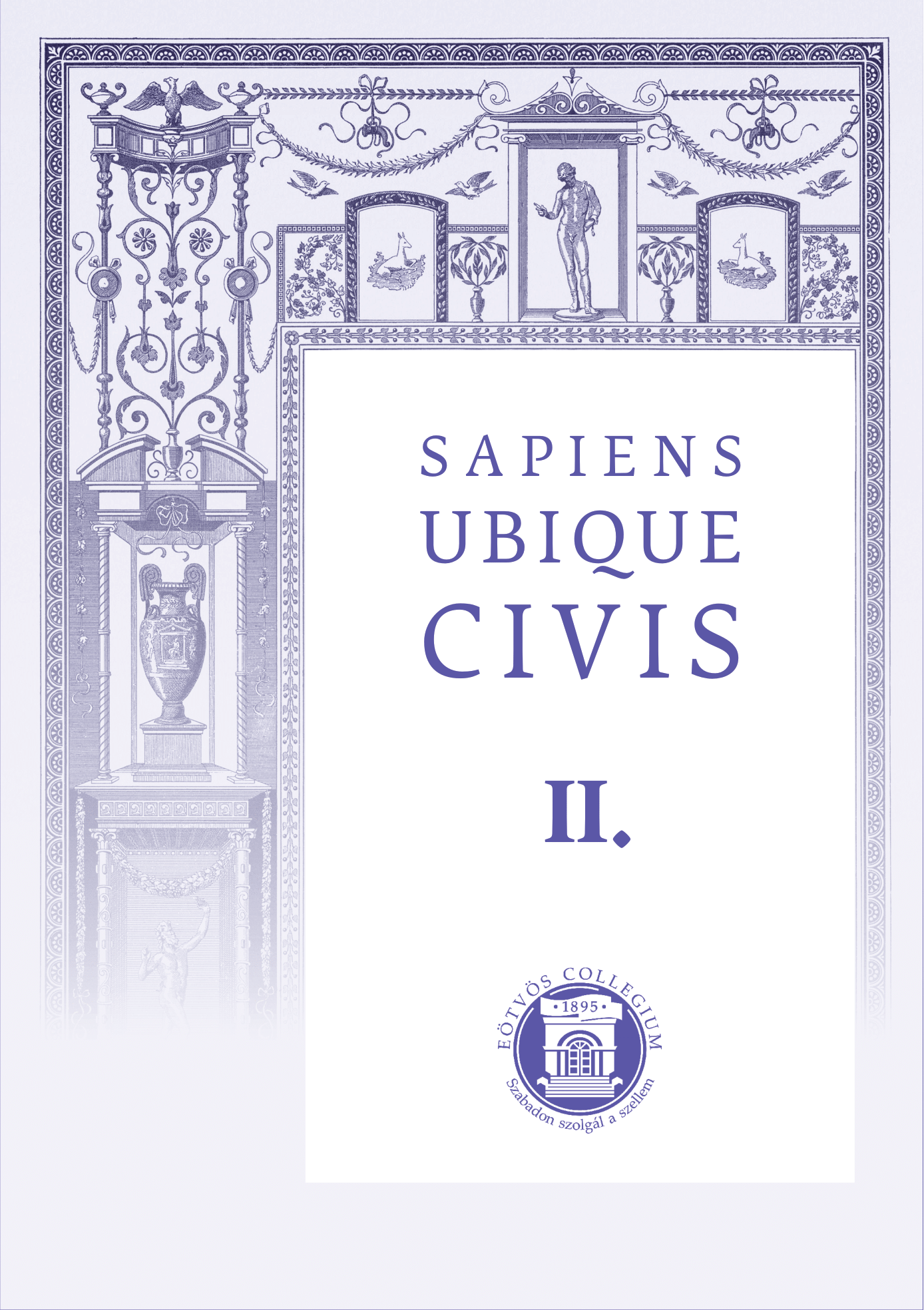Talus: Etymology of a Ludonym and how the Names of an Ancient Gaming Practice could be Indicative of Processes of Cultural Transmission and Stratification
Main Article Content
Abstract
This paper presents the complex history of the names given to knucklebones by different ancient civilizations. During the whole of antiquity these particular gaming tools had precise cultural and symbolical connotations, which influenced their gaming use and crossed many social, chronological, geographical and cultural boundaries.
The peculiar role played by knucklebones within human gaming practices stretches across several millennia. In western Europe during the early Middle Ages, their use went into decline in favour of cubic dice. Over the centuries scholarship has overlapped and confounded the terminology relating to these two different gaming traditions, causing many misunderstandings and translation issues.
However, thanks to advances in the field of game studies and through the examination of literary, iconographic and archaeological data, it is possible to establish the original names given to games using astragals and also the complex signifiers and implications that they had for classical culture.

